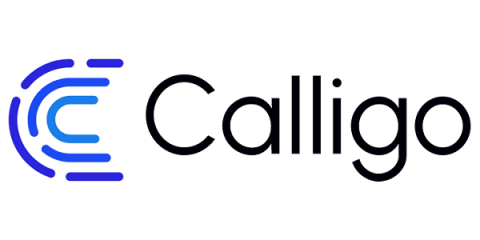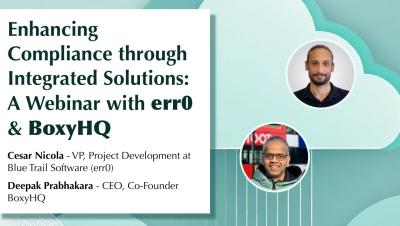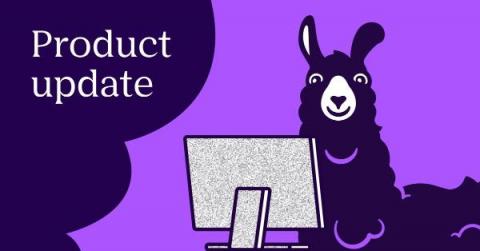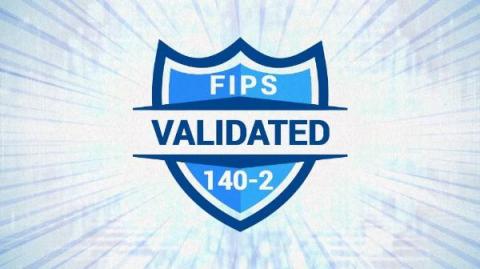Post-SOC 2 Gap Analysis: Next Steps for Full Compliance
Achieving SOC 2 compliance demonstrates to customers that your organization takes data security and privacy seriously. The journey to achieve SOC 2 compliance, however, is not easy. For example, when you perform a preliminary assessment to determine your current state of security, you’re likely to find multiple gaps between that current state and what SOC 2 standards expect you to have. You’ll need to close those gaps to achieve full SOC 2 compliance.









